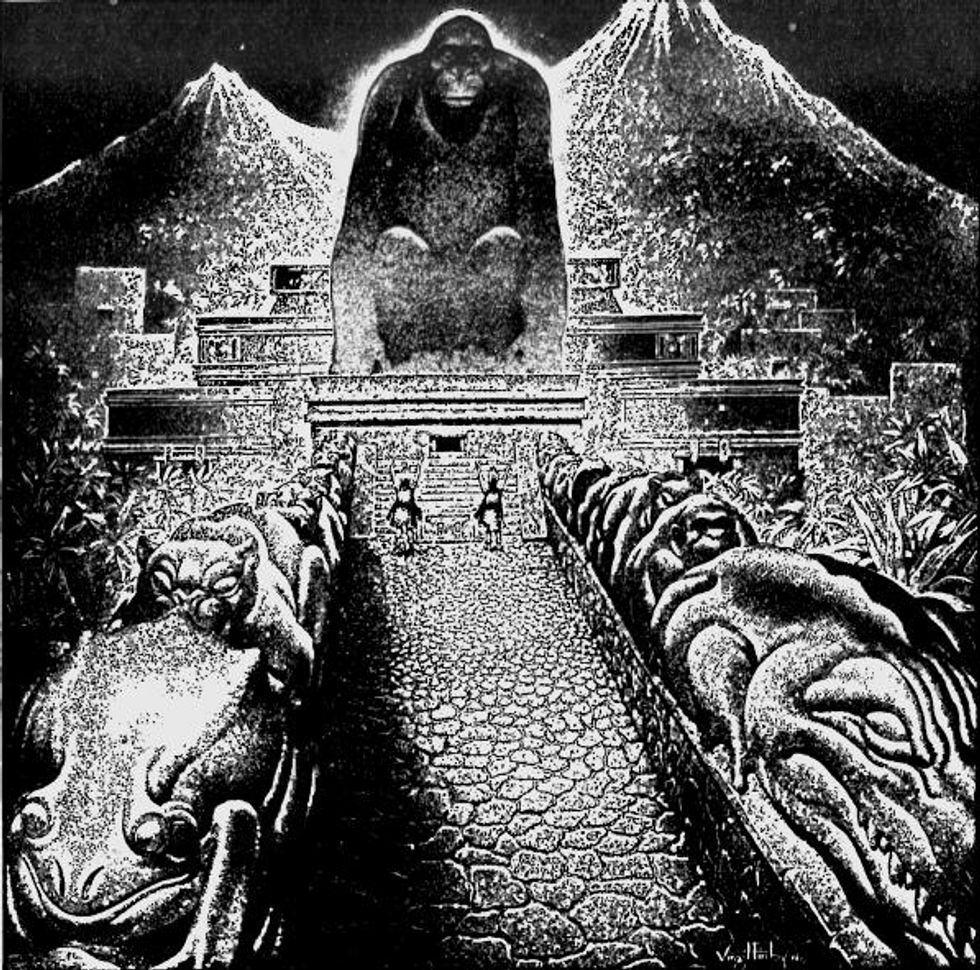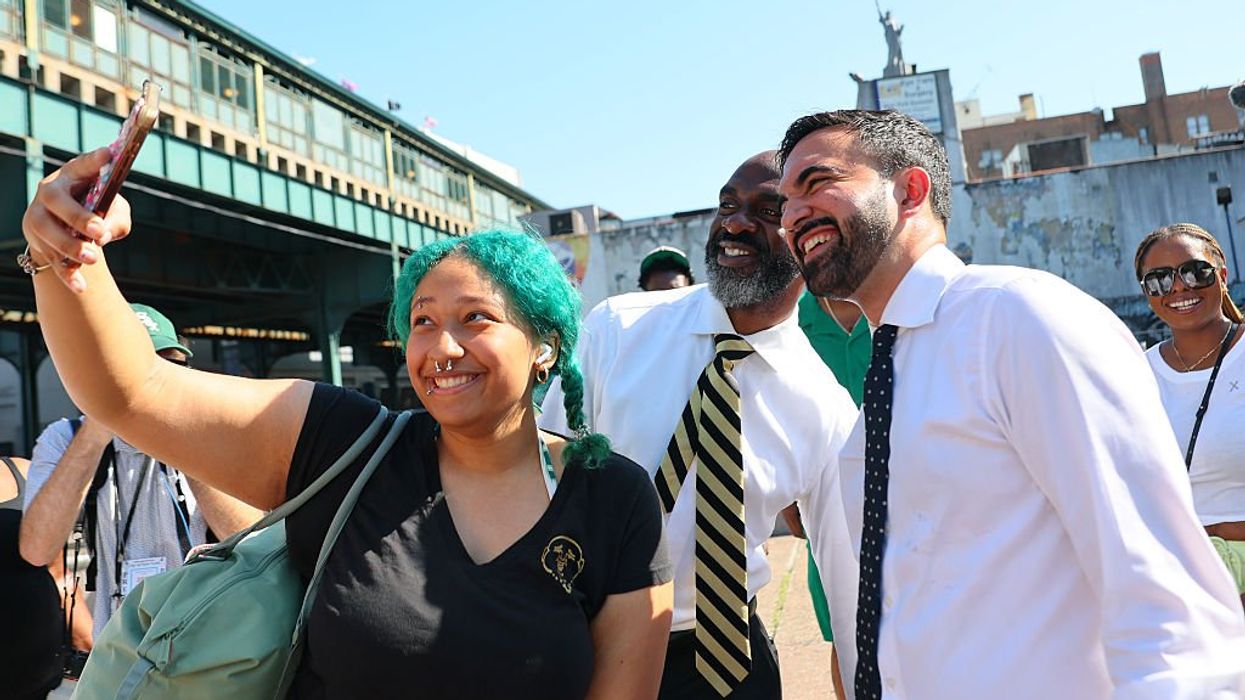
© 2025 Blaze Media LLC. All rights reserved.
Archaeologists Might Have Found Long-Sought 'White City' but They're Keeping One Big Detail Secret
March 03, 2015
“The importance of this place can’t be overestimated.”
Buried in the Honduran jungle, archaeologists say they discovered a lost culture that could be the long-sought "White City" or the "City of the Monkey God," according to a report from National Geographic.
National Geographic accompanied a team into an undisclosed location in the La Mosquitia region where they found the site of an unlooted civilization dating back to 1000 to 1400 A.D. National Geographic pointed out that archaeologists don't even have a name for the civilization that lived there yet.
“The undisturbed context is unique,” archaeologist Christopher Fisher from Colorado State University told National Geographic.
NatGeo: Wer-jaguar discovered at City of the Monkey God: https://t.co/w1YFf72hwi pic.twitter.com/KEnxHw86a5
— Aaron Smith (@AaronSmithCNN) March 3, 2015The lost city had been sought out by explorers for decades. Among them was Theodore Morde, who in the 1940s claimed to have found the city in Mosquitia and brought back artifacts. Just as this current team of archaeologists is not revealing the city's exact location for fear of looters, Morde kept it secret at the time as well.
The White City became of interest again a few years ago when documentary filmmakers Steve Elkins and Bill Benenson flew over the area with LiDAR equipment, which National Geographic explained would allow them to detect any manmade features through the jungle canopy. And detect them it did.
That's when the filmmakers and a larger team of archaeologists and other researchers, along with National Geographic, headed to the location on the ground to confirm their findings. While they did find an ancient city, the archaeologists don't necessarily consider it the lost White City, National Geographic reported, noting that they think there are many lost cities in Mosquitia.
“We’re very excited to bring to life this lost culture,” Fisher told Colorado State University news.
In addition to the artifacts from the ancient civilization, which the team recorded but left in place, they also noted the pristine condition of the rain forest. National Geographic reported that the animals weren't even afraid of humans.
“This is clearly the most undisturbed rain forest in Central America,” ethnobotanist Mark Plotkin told National Geographic. “The importance of this place can’t be overestimated.”
But the Virgilio Paredes Trapero, director of the Honduran Institute of Anthropology and History, said the area is under threat by surrounding deforestation.
"If we don’t do something right away, most of this forest and valley will be gone in eight years," he told National Geographic.
Check out National Geographic's full report for more details and images from the site.
(H/T: Daily Mail)
—
Front page image by Theodore Moore/The American Weekly via Wikimedia Commons.
Want to leave a tip?
We answer to you. Help keep our content free of advertisers and big tech censorship by leaving a tip today.
Want to join the conversation?
Already a subscriber?
more stories
Sign up for the Blaze newsletter
By signing up, you agree to our Privacy Policy and Terms of Use, and agree to receive content that may sometimes include advertisements. You may opt out at any time.
Related Content
© 2025 Blaze Media LLC. All rights reserved.
Get the stories that matter most delivered directly to your inbox.
By signing up, you agree to our Privacy Policy and Terms of Use, and agree to receive content that may sometimes include advertisements. You may opt out at any time.





